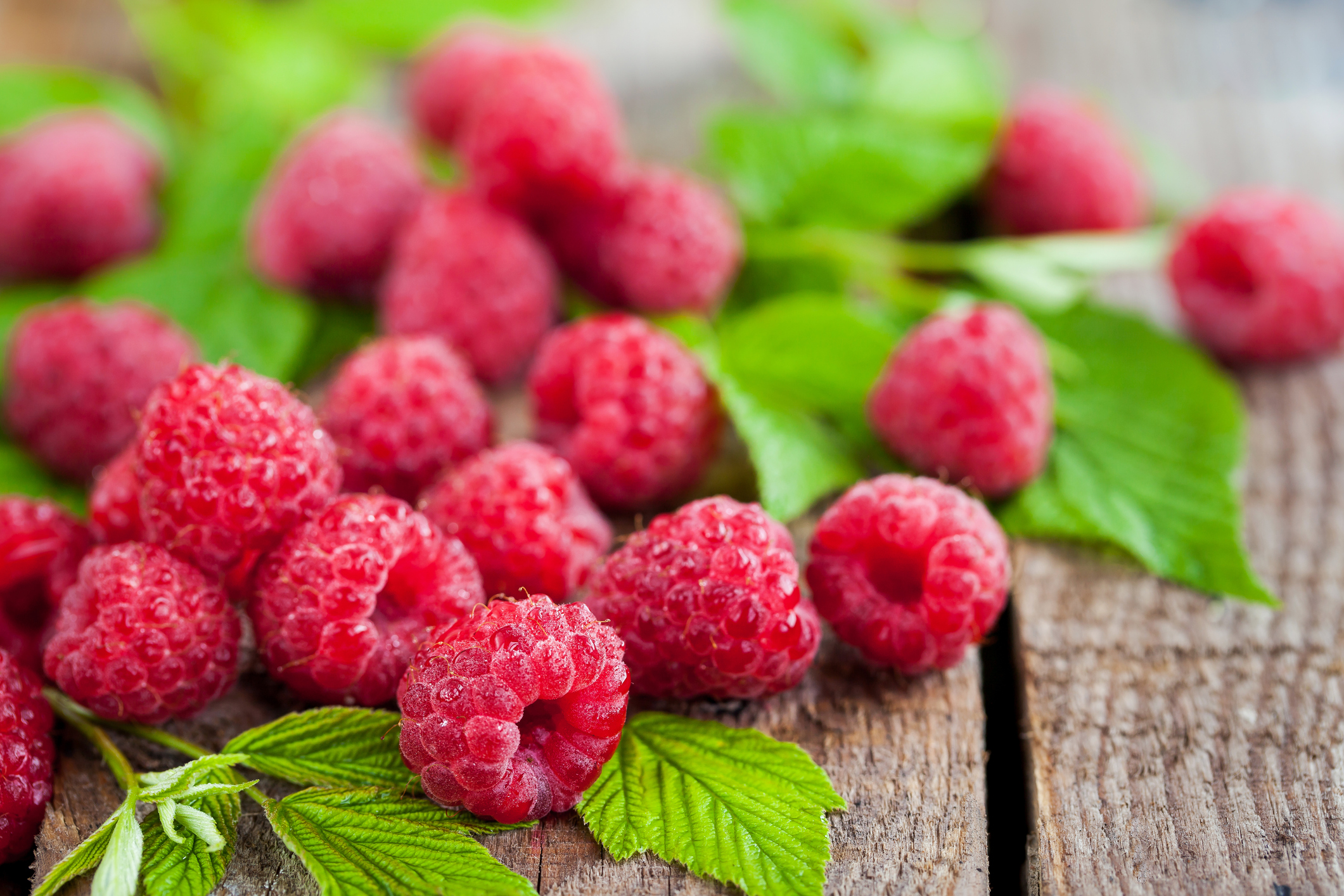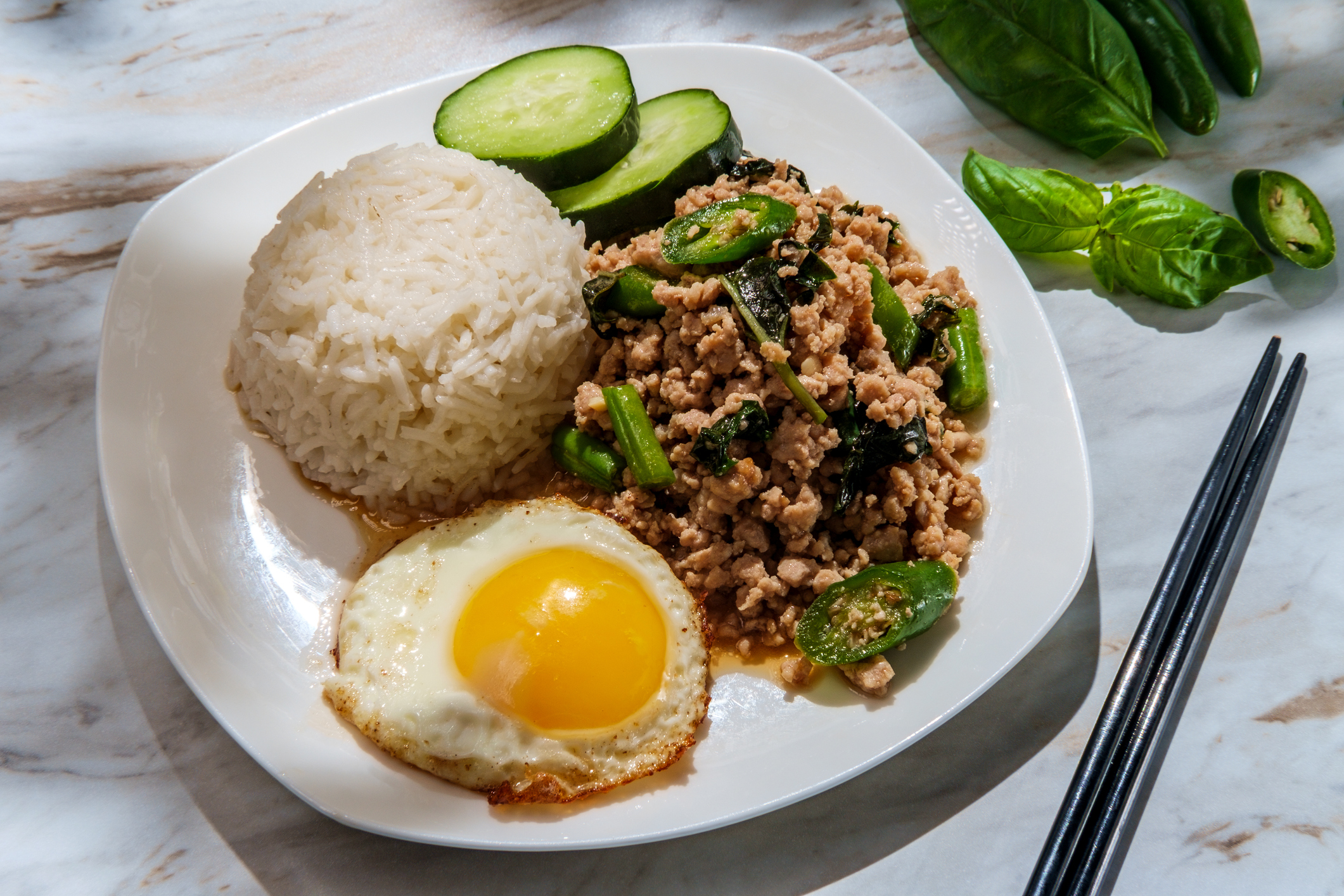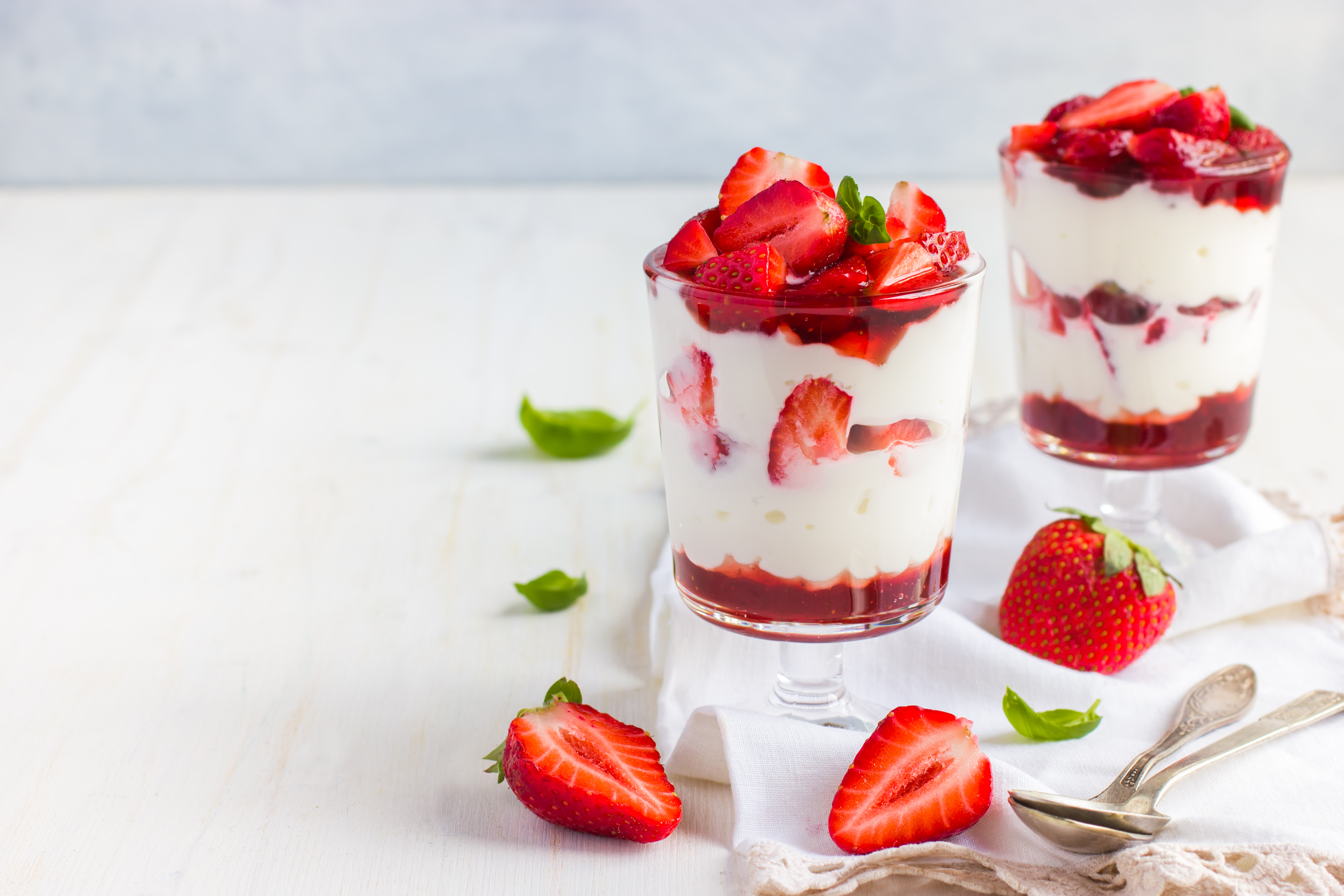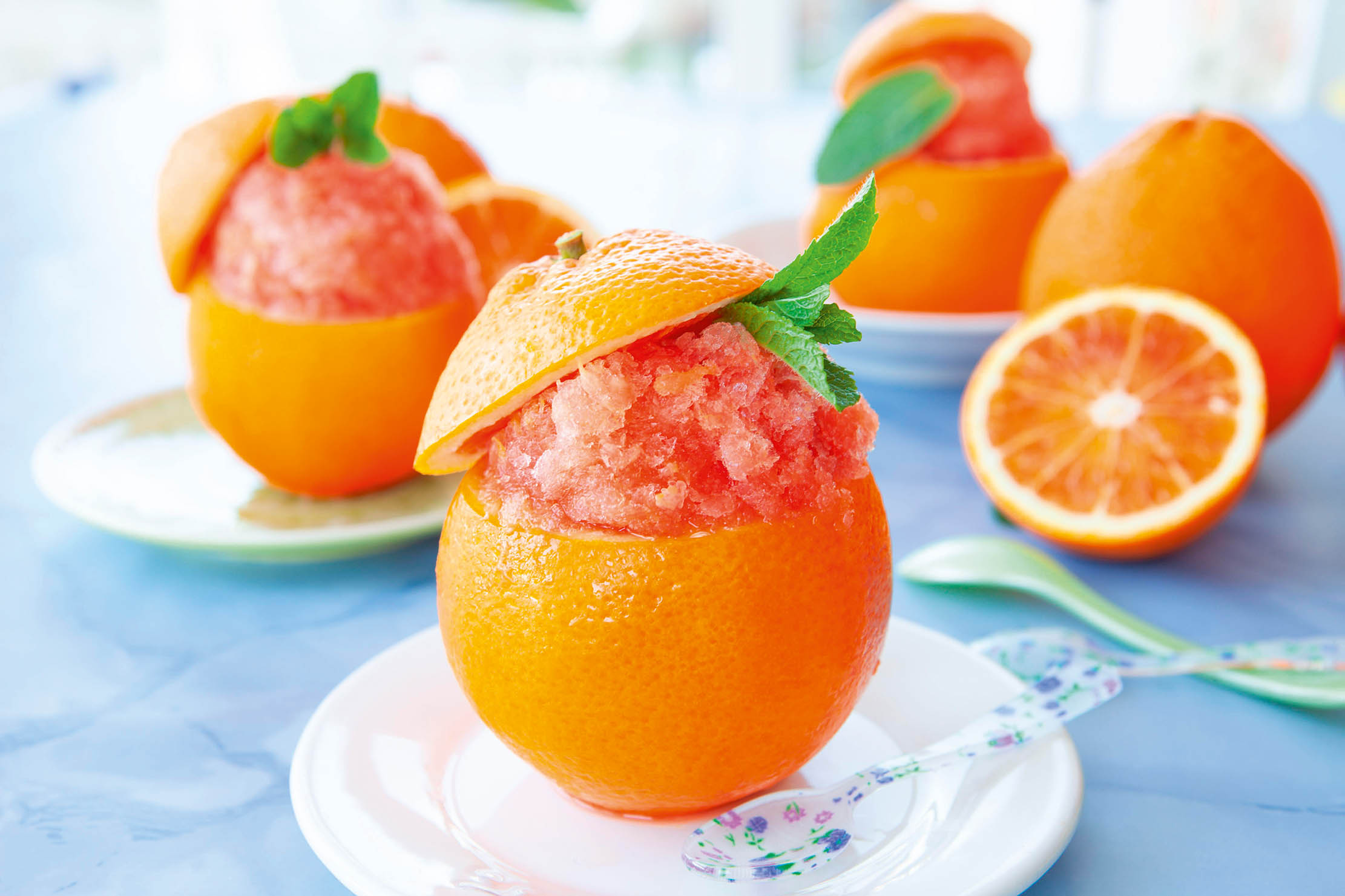How to eat seasonally in August, by Tom Parker Bowles
'August may mark the end of summer,' says Tom Parker Bowles, 'but it’s a time to revel in the moment.' Especially when it comes to enjoying the best foods of the height of summer.


August. ‘The odd uneven time,’ in the words of Sylvia Plath, ‘the best of the summer gone, and the new fall not yet born.’ Yet I love this month, louche and languid, a time when roads are clear, cities lie still and work can wait another day. Delicious dog days, in every way, even when the skies open and rain, as ever, stops play. The early thrust of summer is long gone, but just because things are a little more languorous doesn’t mean the fun is over — August is a fine month for the eternal eater.
Raspberries are now at their peak, plump and becoming, with exactly the right amount of tart. Like strawberries, they’re best eaten raw, with a little cream and sugar. However, most raspberry growers I know make sure there’s a glut, meaning enough left over to be turned into jams, jellies, fools, sorbets, summer puddings and ice cream. A raspberry vinegar is also easy to make. Mix a litre of white-wine vinegar with ½kg of the berries. Leave for 24 hours, then strain the liquid over another half kg of the fruit. The next day, do the same again. Decant into a sterilised bottle with a few raspberries inside and leave for a month.
What food is in season in August?
Apples (some early varieties); aubergine; artichoke; blackberries; blueberries; broad beans; carrots; courgettes; cucumber; cherries; chillies; damsons; grouse; herring; lettuce and salad leaves; mackerel; new potatoes; peaches; peppers; plums; radishes; raspberries; redcurrants; rocket; runner beans; sardines; sea bass; scallops (queen); squid; strawberries; sweetcorn; tomatoes; wild mushrooms.
Chillies have, by now, hopefully gained a little heat from the sun. Most years, I grow about six different varieties, ranging from the decently hot jalapeño (perfect for pickling), through the punchy Apache F1 to the utterly insane Dorset naga. Seriously, even one sliver of this monster will make talking all but impossible — but, mixed with white-wine vinegar and a good pinch of salt, it makes a turbo-powered chilli sauce.

Peaches are now lusciously fecund and heavy with juice. My mother grows white peaches and very good they are, too, although I’ve known young children that demand less love and attention. The taste, however, is magnificent — lasciviously sweet and impossible to eat politely. The same goes for figs, equally alluring and equally sweet, albeit in a rather more intense, jammy way. My parents used to have one fig tree with fruits that reached their peak towards the end of August. Competition for the fattest was intense and early-morning raiding missions, with the aid of a stepladder, were not unknown. We child-ren knew better than to mount our own attack, however tempting it might have been.
There was also an old mulberry tree, in the field behind the chickens, and its fruit stained the ground every bit as purple as your hands. We never did much save gobble them at source and, by the time they turned from red to black, we were battling with bugs and birds for this gloriously sweet berry. It seems a shame we don’t appreciate them more, although those lucky enough to have a tree will be all too aware of their buxom allure.
At this time of the year, the barbecue is running at full blast and everything seems to find its way atop those glowing coals. Butterflied leg of lamb, aubergines, mackerel and the first of the corn on the cob, dunked in water for a few hours, then left to smoulder at the side. And, if I’m very lucky, a couple of grouse, too.
Exquisite houses, the beauty of Nature, and how to get the most from your life, straight to your inbox.

Because this, for me, is what August is really about — the first taste of those young birds. A few seasons ago we had a shocker, with many shoots being cancelled thanks to a lack of quarry, but I did manage to get my hands on a brace. I roasted them, of course, served with clear gravy, game chips, bread sauce and a fistful of watercress.
As the month goes on, so do the birds, becoming tougher and a little more bitter. Don’t we all. These ones are better suited for pies and puddings, but it would be heresy to do anything too elaborate with the August birds. Spatchcocked, however, and gently cooked on the barbecue can be every bit as good as roasted. August may mark the end of summer, but it’s a time to revel in the moment, not mourn for long days past.
Recipe: Pad krapow moo (pork stir-fried with holy basil)
This comes from Kay Plunkett-Hogge’s Baan, one of the great modern books on Thai food. God, she knows her stuff. The recipe uses small, pungent bird’s-eye chillies, as well as a larger, less powerful one.
It’s light enough for summer evenings and all that chilli will sure make you sweat — which, in turn, cools you down. Eat with steamed jasmine rice and top with a fried egg.

Ingredients
Serves 2
- 4–6 Thai bird’s-eye chillies
- 1 large red chilli, cut into chunks
- 6 garlic cloves, peeled
- A pinch of sea salt
- 2tbspn dark soy sauce
- 2tbspn light soy sauce
- A pinch of caster sugar
- 2tbspn vegetable oil
- 300g (10½oz) pork, minced
- 100g (3½oz) green beans, topped, tailed and cut into 1cm (1½in) pieces
- A very large handful of holy basil leaves (you can use Thai sweet basil instead)
Method
In a pestle and mortar, pound the chillies, salt and garlic together.
In a small bowl, mix the soy sauces with 2tbspn water and stir in the sugar.
Heat a wok until really hot, then add the oil. Throw in the chilli-garlic paste and stir-fry for a few seconds — until you can really smell everything in the pan, but not enough to colour the garlic. Now, add the pork and stir-fry until it’s cooked through, then add the green beans.
Add the liquid and stir through, allowing it to bubble up before adding nearly all the basil and letting it wilt into the dish.
Serve over steamed jasmine rice, with a fried egg and the remaining basil leaves scattered on top.

Credit: Getty Images/iStockphoto
How to eat seasonally in July, by Tom Parker Bowles
The chef and food writer Tom Parker Bowles on the culinary highlights of July, from artichoke to watercress — plus a

How to eat seasonally in January
Throughout the year, Tom Parker Bowles will be sharing his advice on how to eat seasonlly, month-by-month. We kick things
A version of this piece was originally published in December 2021
Tom Parker Bowles is food writer, critic and regular contributor to Country Life.
